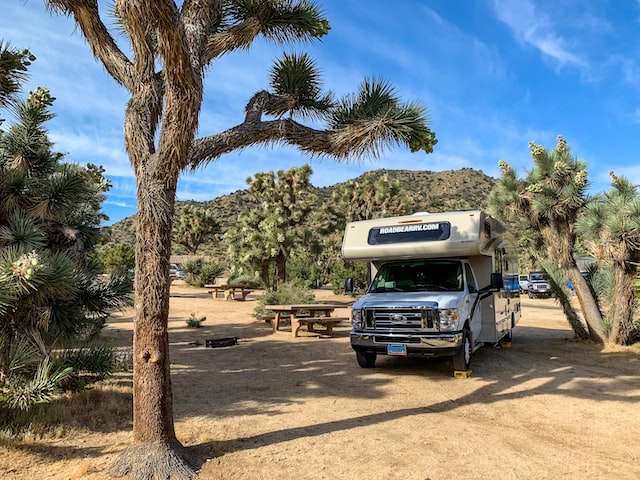Whether you are planning to live in an RV for a long time or enjoy the outdoors, it’s essential to know what is involved when staying at a long-term RV park. The cost, the availability of amenities, and the location are all critical aspects to consider, and they may differ from one park to the next. Read on to learn more about each of these.
Monthly RV Parks
If you want to cut costs while on the road, you may wonder if paying a monthly RV park rate is the right choice. It’s a good idea to weigh each option’s benefits before deciding.
Paying an RV Parks Long Term Rentals Fort Worth TX is an excellent way for some travelers in Texas to save money while still enjoying all the area’s amenities. While the costs are reasonable, you should ensure you get the best value.
Another reason to pay a monthly RV park rate is that you will get a great deal on your electric bill. Electricity usage can add up to $50 to $200 a month. However, you might need to pay additional fees for cable TV, internet, and other utilities.
HOAS
Many people park their RVs for extended periods. This may be for health reasons, to save money, or to live a simpler lifestyle. However, these individuals also face challenges and may need to adjust their lives. Fortunately, RV parks and homeowners associations can help.
Homeowners associations are usually formed by a volunteer board elected by owners. The committee oversees the community and sets rules. In addition, it must absorb liability for damage to property, vandalism, and theft.
For an HOA to operate, the board must have proper insurance. These policies are set by the association to protect the safety of the residents. Some HOAs also require that members move their RVs to different sites before windstorms.
When choosing a community, consider the area’s climate. For example, some states, like Colorado, prioritize waste management. You should take a look at the county’s regulations as well. You must check with the local authorities if your county doesn’t allow vacant RVs on raw land.
Pet-Friendly RV Parks
Dogs can go camping with you in many long-term RV parks. However, not all campgrounds are dog-friendly. Some allow dogs but may restrict breeds or sizes or have specific rules about how to act around other animals.
Finding a pet-friendly campground is easier than you might think. Just read the park’s policy, and remember to pack a leash or collar for your pet.
Most RV parks have on-site grooming services and offer a variety of dog-friendly amenities. While some provide a small nightly pet fee, others allow dogs for free.
Some campgrounds will even include a special welcome kit for your dog. This could include a pet ID tag, a mat, puppy pads, and other items.
Your dog is safe if you’re staying at a campsite with a fenced yard. You can rest and relax in the campground while your dog burns off energy.
Some campgrounds even have a pet wash station. There’s also a doggie drinking fountain and a large fenced-in dog area.
Cost
If you’re planning on staying at a long-term RV park for more than a couple of weeks, you need to know how much it will cost. The price can range from $500 to $1200 per month, depending on the location, amenities and size of the RV.
RV parks offer a variety of amenities and can provide a comfortable stay. In addition to parking, most parks include utilities such as water and sewer connections. Some even have swimming pools and fire pits.
There are also fees associated with your stay at a long-term RV park. You may have to pay for cable TV, laundry services and electricity.
Your campsite fee does not include electricity. The size of your RV will determine how much electricity you use. An average medium-sized camper will spend about $65 per month on electricity.
Some campgrounds will offer free Wi-Fi. While these networks are convenient, they can be slow.





